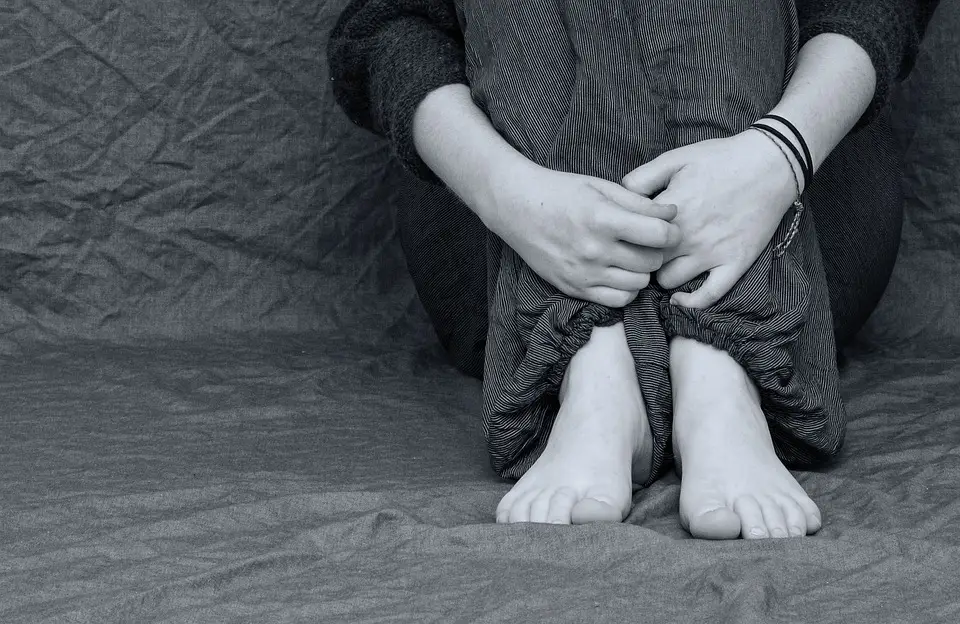This is an excellent and thought provoking blog about the internet and cyberbullying. Worth the read.
Cyberbullying: Where Does it Happen & How Can You Spot it
Parents in the modern age are forced to deal with a new family member that previous generations did not: the internet.
Almost every teen has a device in their hand that can get them online. In fact, a recent study suggests that 95 percent of kids are connected to the web, with 85 percent using social media.
For a parent, this statistic is somewhat alarming. The reality is that our children now have an entire virtual life that we can’t see, hear, or understand. What they’re doing online can have significant real-world effects, so we have to devise new strategies to monitor their wellbeing.
Cyberbullying is an ugly monster that has become all too common. With no physical bruises to spot or obvious changes in social habits, it’s easy to miss if your child is a victim. However, studies have shown the drastic repercussions; teenagers say it affects their ability to learn, relationships, and general mental health.
So, why has cyberbulling become so rife? 81% of kids think it’s easier to get away with bullying on the internet. 90% of those who see online bullying will ignore it. It’s these figures that make this type of virtual harassment so threatening. It can be largely invisible, while simultaneously completely overwhelming a child’s existence.
Learning to minimize the threat of cyberbullying is essential for any parent. The first step to overcoming the problem is to understand it thoroughly.
Social media is a staple in our children’s lives, with each on multiple platforms sharing their lives and thoughts with others. Considering this, it’s unsurprising that social networks are a hotbed for harassment.
Currently, Instagram sees the highest instances of bullying. 42% of victims cite this platform as the worst culprit. These results are perhaps due to the image-based nature of the network. Teenagers and young adults share photos of themselves online, leaving them open for criticism and – in the worst scenarios – repetitive bullying.
Twitter, a network dedicated to sharing short quips and snippets saw the lowest rate of cyberbullying, with only 9% of victims claiming it was a problem area.
It’s also worth knowing that certain demographics have a higher risk factor than others. Over 50% of the LGBTQ+ student community has experienced bullying at some point. Similarly, girls are more likely to experience cyberbullying (around 36%) compared to boys (26%.)
Knowing how and where cyberbullying happens is a helpful first step; understanding how to spot it is crucial. As aforementioned, online harassment can have limited warning signs, so it’s easy to miss if you’re not looking for it. However, keeping an eye out for the following red flags will help you to stay alert and aware.
- Changes in Device Use
Today’s teenagers are glued to their phones, tablets, and laptops. As they have become one of the primary forms of communication for young people, any notable changes in habits should be seen as a warning sign. If your child starts avoiding technology then it’s time to have a conversation with them.
- Changes in Mood
If a child suddenly becomes irritable, evasive or more stressed out than usual then it could be to do with problems with their peer group. However, jumping to conclusions is not always the best idea. Retaining an open dialogue with your children about their emotional wellbeing throughout their school years is the best way to know what’s going on.
- Changes in Behavior
Cyberbullying is most commonly identified through changes in device use, but other behavioral factors can also be suggestive of an issue. Avoiding school, getting into more trouble and changes in academic performance could be signs of problems with bullying.
The rise of cyberbullying has already sparked another interesting debate, regarding monitoring your children’s devices. Statistics by Harris Interactive uncovered that 35% of parents will check their children’s smartphones without their knowledge.
Although monitoring your kids’ devices is a surefire way to protect them against cyberbullying, but it could also significantly damage your child’s trust should they find out. It’s infinitely more productive to develop and maintain an open relationship with your young ones as they grow.
While some parents may believe that bullying is part of life, leaving it unmonitored could have detrimental effects. 41% of bullying victims developed social anxiety, 37% experiences depression, and a shocking 26% experience suicidal thoughts.
In our modern age, what happens online drastically affects our identity, wellbeing, and mental health. Putting in the time early to start dialogues about cyberbullying, and encouraging your children to be open if they’re struggling, if essential to protect their emotional and social development.
SOURCE:
https://www.broadbandsearch.net/blog/cyber-bullying-statistics#post-navigation-4



